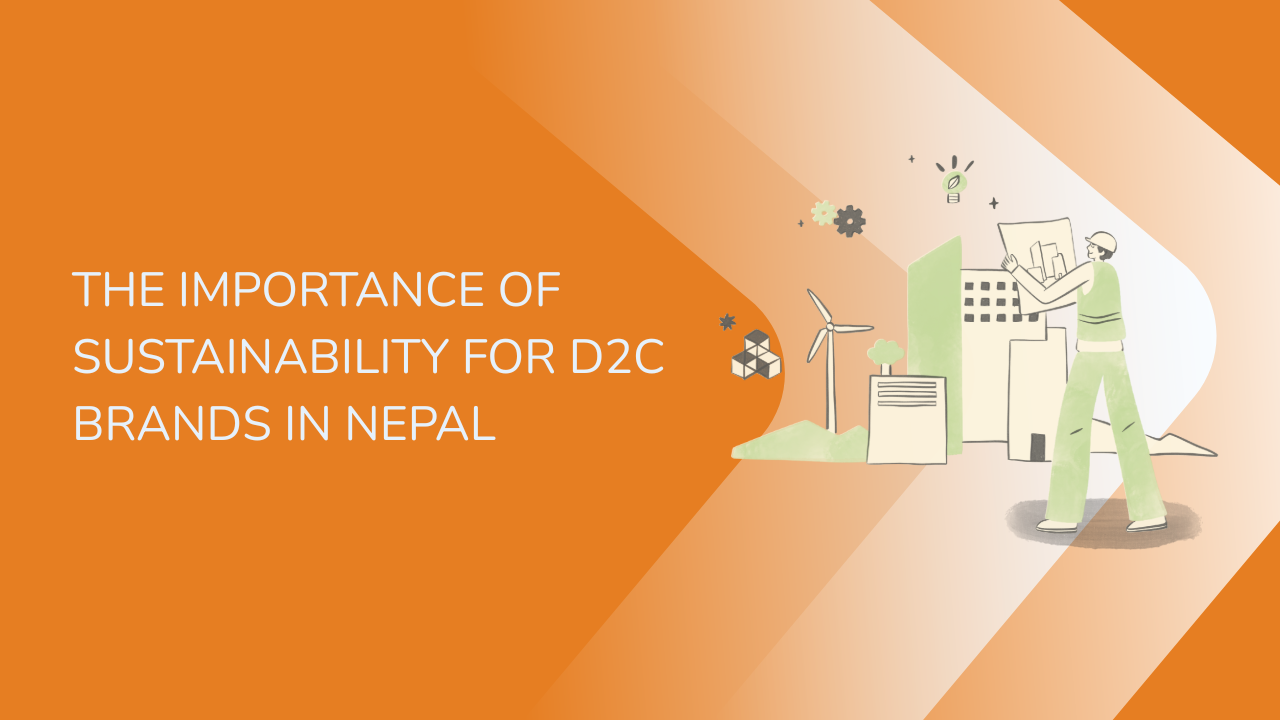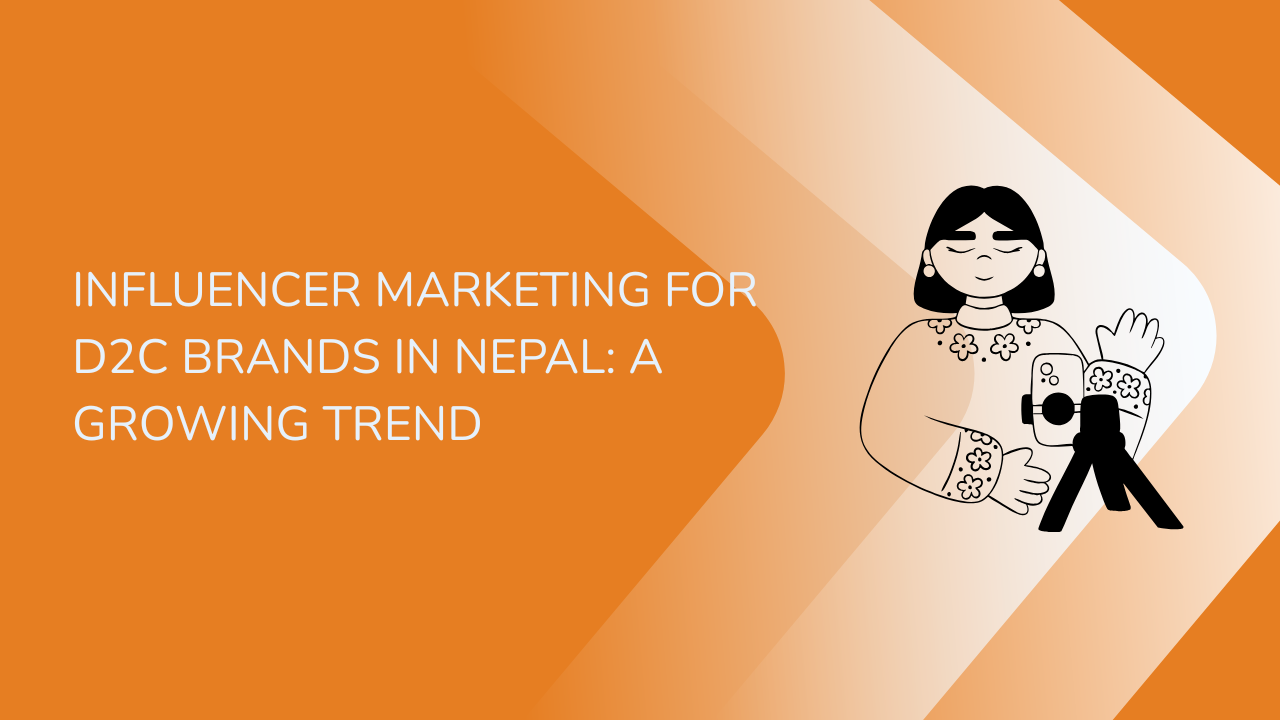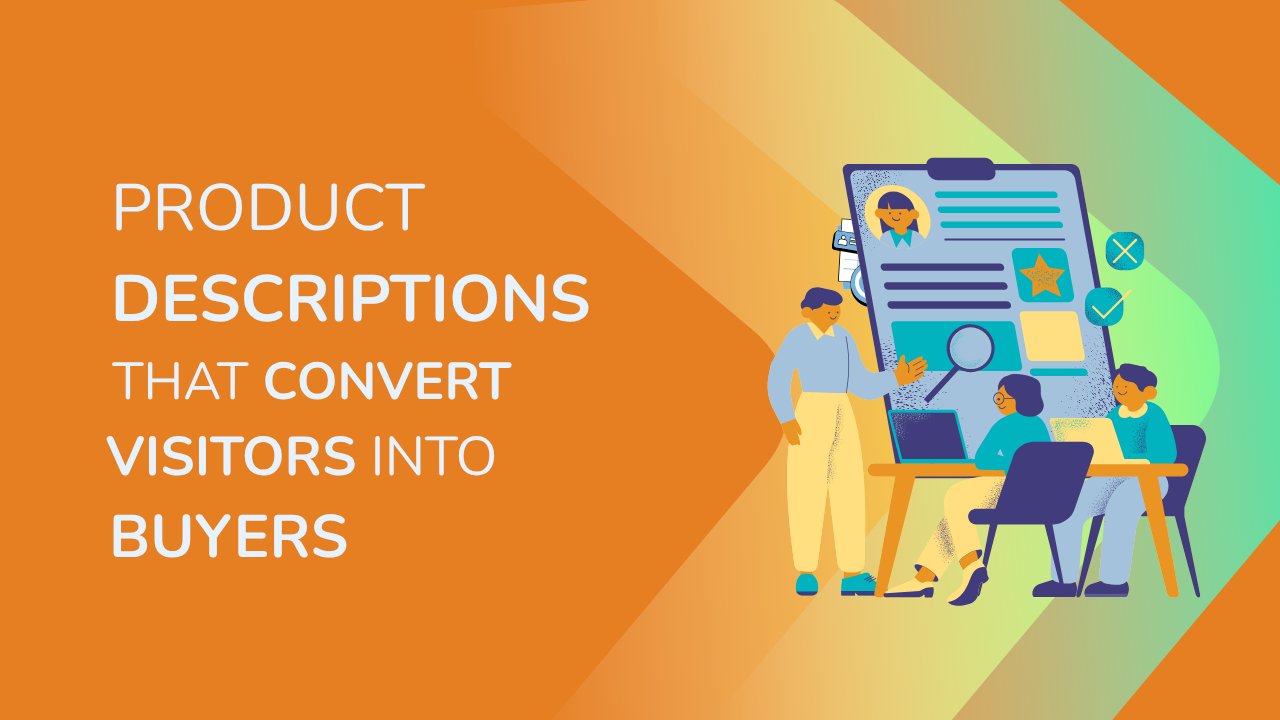Share this Article
"How to Create a Killer Email Marketing Strategy for Your eCommerce Store"
Creating a strong email marketing strategy is essential for the success of any eCommerce store. Email marketing has proven to be one of the most effective and cost-efficient methods of reaching your audience, driving sales, and building brand loyalty. Despite the growing popularity of social media platforms and paid advertising, email marketing continues to outperform other digital channels in terms of return on investment (ROI).
In this comprehensive guide, we will break down the key elements of an email marketing strategy tailored to eCommerce stores. Whether you are new to email marketing or looking to enhance your existing campaigns, this guide will provide you with the insights and actionable tips you need to take your email marketing efforts to the next level.
Why Email Marketing is Essential for eCommerce Success
Before diving into the specifics of crafting an email marketing strategy, it’s important to understand why email marketing remains a powerful tool for eCommerce businesses.
- Direct Connection with Customers
One of the biggest advantages of email marketing is the direct access it provides to your customers. Unlike social media, where algorithms can control who sees your posts, email marketing allows you to communicate directly with your audience. People check their email inboxes regularly, and if your emails are compelling, they are likely to be opened and acted upon.
- Cost-Effective with High ROI
Email marketing offers an excellent return on investment. Studies have shown that for every dollar spent on email marketing, businesses can expect an average return of $42. This makes email one of the most cost-effective digital marketing channels, particularly for eCommerce stores that want to drive sales without breaking the bank.
- Personalization and Segmentation
One of the most powerful aspects of email marketing is its ability to personalize messages. By segmenting your email list based on customer behavior, interests, and demographics, you can deliver targeted content that speaks directly to each individual. Personalized emails lead to better engagement and higher conversion rates.
- Increased Customer Retention
Email marketing isn’t just about acquiring new customers; it’s also about retaining your current ones. By staying in regular contact with your existing customers through email, you can foster long-term relationships, encourage repeat purchases, and build brand loyalty.
- Automated Engagement
Email marketing allows you to automate many aspects of your engagement process. For example, you can set up automated email sequences for welcoming new customers, recovering abandoned carts, or re-engaging inactive subscribers. This saves time and ensures that your store remains top of mind for your customers.
Steps to Create a Killer Email Marketing Strategy for Your eCommerce Store
1. Set Clear Goals for Your Email Marketing Campaigns
The first step in building an effective email marketing strategy is to define your objectives. Understanding what you want to achieve will guide your entire strategy and ensure that your emails are aligned with your business goals. Here are some common goals for eCommerce email campaigns:
- Increase Sales and Revenue: Many eCommerce businesses use email marketing to promote sales, special offers, and new products to drive revenue.
- Grow Your Email List: A larger email list means more potential customers. Growing your list is an important part of building a successful email marketing strategy.
- Improve Customer Retention: Keep your existing customers engaged with your brand by offering them personalized experiences, loyalty rewards, and exclusive deals.
- Boost Brand Awareness: Consistent email communication helps keep your brand top-of-mind for subscribers and potential customers.
- Promote Specific Products: If you have a new product or an item that’s doing well, email marketing can be a great way to promote it to the right audience.
Once you’ve defined your goals, you can create campaigns tailored to each objective. For instance, if your goal is to increase sales, you can send promotional emails with time-sensitive offers, product recommendations, and discounts. If you want to grow your list, focus on lead generation through sign-up forms, giveaways, and incentives.
2. Build and Segment Your Email List
Building a high-quality email list is the foundation of any successful email marketing campaign. But it’s not just about the quantity of your subscribers—it’s about the quality. You want to attract subscribers who are genuinely interested in your products and services.
How to Build Your Email List:
- Offer Incentives: A great way to encourage people to sign up for your emails is to offer an incentive. Discounts, free shipping, exclusive content, or access to members-only deals are all effective ways to entice visitors to subscribe.
- Use Pop-Ups and Sign-Up Forms: Make sure your website has visible sign-up forms or pop-ups that encourage visitors to subscribe to your email list. Place them on high-traffic pages like your homepage, blog, and checkout page.
- Promote on Social Media: Use your social media platforms to promote your email list and encourage followers to sign up for special offers and exclusive updates.
- Host Contests or Giveaways: Running a giveaway or contest where participants need to enter their email addresses is a great way to grow your list quickly.
Segmenting Your Email List:
Not all your subscribers are the same, so sending generic emails to your entire list is unlikely to yield the best results. By segmenting your list, you can send more targeted and relevant emails, which will increase engagement and conversion rates.
Here are some key ways to segment your email list:
- Demographic Segmentation: Divide your list based on characteristics such as age, gender, location, or interests. This will allow you to send emails that are relevant to specific groups.
- Purchase History: Segment customers based on their previous purchases. For example, you can send personalized recommendations for complementary products or offer discounts on items they’ve previously purchased.
- Behavioral Segmentation: Divide your subscribers based on how they interact with your emails or website. For example, you can target customers who have opened previous emails but haven’t made a purchase, or send special offers to repeat buyers.
3. Create Compelling Email Content
The content of your emails is what will determine whether or not your audience takes action. Therefore, crafting compelling, engaging, and valuable email content is crucial for driving conversions.
a. Write an Attention-Grabbing Subject Line
The subject line is the first thing your recipients will see, and it plays a key role in determining whether they’ll open your email. A great subject line should be:
- Concise and to the Point: Avoid long, complicated subject lines. Aim for 40-50 characters to ensure it displays properly across devices.
- Personalized: Adding the recipient’s name or referencing their previous purchases can make your email feel more personal and relevant.
- Urgent and Action-Oriented: Create a sense of urgency with words like “limited time,” “exclusive offer,” or “don’t miss out.”
b. Craft Engaging Email Body Copy
Once your email is opened, the content should keep the recipient engaged and motivated to take action. Here are some tips for creating effective email body copy:
- Focus on Benefits, Not Features: Instead of just listing the features of your product, emphasize the benefits it offers. Show how it solves a problem or improves the customer’s life.
- Use Compelling Visuals: Include high-quality images or product videos to showcase your products and help customers visualize their purchase.
- Have a Clear Call to Action (CTA): Each email should include a prominent CTA that encourages recipients to take the next step, whether that’s making a purchase, signing up for a sale, or visiting your website.
c. Personalize Your Emails
Personalization goes beyond using the recipient’s name in the subject line. To truly engage your audience, send tailored recommendations based on their previous behavior. For example, you can send product recommendations based on their browsing history or offer discounts on products they’ve left in their cart.
4. Implement an Effective Email Schedule
Timing is crucial in email marketing. You want to ensure that your emails are being sent at the right time to maximize engagement. Too many emails can overwhelm your subscribers, while too few can make them forget about your brand.
Tips for Timing Your Emails:
- Welcome Emails: Send a welcome email immediately after someone subscribes to your list. This is your chance to introduce your brand and provide new subscribers with a valuable offer, like a discount or free shipping.
- Promotional Emails: Avoid bombarding your subscribers with promotional emails. Aim for 2-3 promotional emails per week, depending on your sales cycle.
- Abandoned Cart Emails: Send abandoned cart reminders within hours of a customer leaving their cart. Offering an incentive, like a small discount, can help encourage them to complete the purchase.
- Re-engagement Emails: If you have subscribers who haven’t opened or clicked on your emails in a while, send them a re-engagement email to remind them of your brand and offer a special incentive.
5. A/B Testing for Optimization
A/B testing (or split testing) is an essential part of optimizing your email campaigns. By testing different elements, such as subject lines, CTAs, or images, you can determine what resonates most with your audience.
Some elements to test include:
- Subject Lines: Test different subject lines to see which one yields higher open rates.
- Call to Action (CTA): Try different wording and positioning for your CTA to see which one drives more clicks.
- Send Times: Test sending emails at different times of the day to determine when your audience is most likely to open and engage with your emails.
6. Analyze Email Performance
Once your email campaign is live, it’s important to monitor its performance to see if it’s achieving the desired results. Some key metrics to track include:
- Open Rate: The percentage of recipients who opened your email. A low open rate may indicate that your subject lines need improvement.
- Click-Through Rate (CTR): The percentage of recipients who clicked on a link or CTA in your email. A low CTR could indicate that your email content needs to be more engaging.
- Conversion Rate: The percentage of recipients who took the desired action, such as making a purchase. This metric helps you gauge the effectiveness of your CTA and overall email strategy.
- Unsubscribe Rate: The percentage of recipients who unsubscribed after receiving your email. If this rate is high, it may indicate that you’re sending too many emails or that your content isn’t relevant to your audience.
- 7. Automate Your Email Marketing
Automation is a game-changer when it comes to email marketing. It allows you to send timely, relevant messages to your customers without manually managing each email. Here are some common automated email sequences for eCommerce businesses:
- Welcome Series: Automatically send a series of welcome emails to new subscribers or customers.
- Abandoned Cart Emails: Set up an automated sequence to remind customers of items left in their shopping cart.
- Post-Purchase Emails: After a customer makes a purchase, send them a thank-you email, a request for feedback, or product recommendations based on their purchase.
Conclusion
Email marketing remains one of the most effective and cost-efficient ways to engage with customers, drive sales, and build long-term relationships for your eCommerce store. By defining clear goals, building and segmenting your email list, creating personalized and compelling content, and automating your processes, you can create a killer email marketing strategy that delivers outstanding results.
Remember to monitor your email campaigns, A/B test different elements, and continuously refine your strategy to ensure you're getting the best possible results from your email marketing efforts. With dedication and the right approach, email marketing can be one of your most valuable tools for eCommerce success.
Categories:
Sales & Conversion
Tags:
Online Store in Nepal
,
5 Simple Steps
,
local businesses
,
e-commerce app
,
Small Business
,
strong brand
,
E-commerce
,
Role of Social Media
,
Growing sales
,
strategies
,
Social media
,
Logistics
,
Delivery Networks
,
Flexible Delivery
,
Mobile Platforms
,
Web
,
SEO







